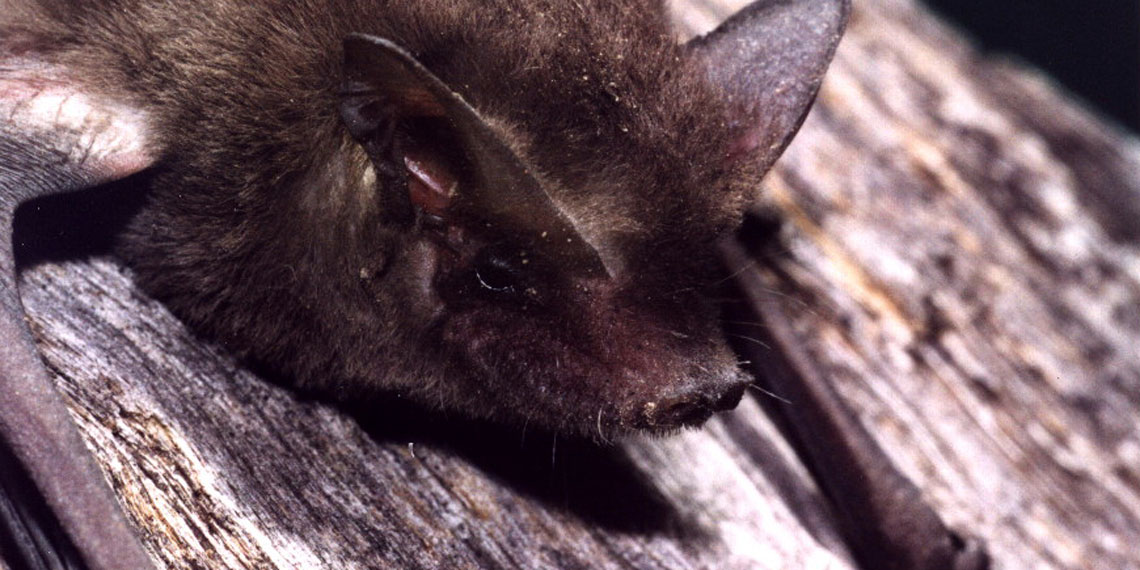Microbats

Microbats are small flying mammals ranging from a tiny 3 to 40 grams in bodyweight, with an average wingspan of around 25 cm.
Microbat or megabat?
There are two types of bats living in and around Sydney:
- Flying-foxes/megabats - large fruit-eating mammals
- Microbats - tiny mammals which feed on flying insects.
Habitat
During the day, they roost under bark or in tree hollows. Some inhabit caves and artificial structures such as bridges, culverts and even building cavities. At night, microbats go hunting for food, feeding on insects in forests, backyards, around waterbodies. Some even take advantage of the insects around lights in parks and sports fields.
Diet
Microbats feed on masses of insects including beetles, moths, flying termites and mosquitoes. They can eat as much as 40% of their bodyweight in a single night, or several hundred insects per hour
Breeding
They breed during spring and summer and most species give birth to one young per year. Some travel long distances to maternity caves, where thousands of bats colonise to raise their young. Colonies can also form in hollows of old growth trees.
Conservation status
Around half of the known microbat species in Ku-ring-gai are threatened species. Threats include habitat clearing, pollutants such as chemicals and pesticides and predation.
Council monitoring program
Since 2017, Council has been monitoring microbats with research scientists to identify habitat preferences and long-term trends in Ku-ring-gai. Monitoring sites include:
- Parks
- Waterways
- Backyards
- Golf courses
- Bushland sites
We have discovered 16 species in Ku-ring-gai. This is the first study to provide long-term trends for bats in an urban but 'leafy' LGA in Australia.
Download the 2023 Microbat Monitoring Report(PDF, 14MB)
Resources
Ku-ring-gai Bat Conservation Society
Australian Museum